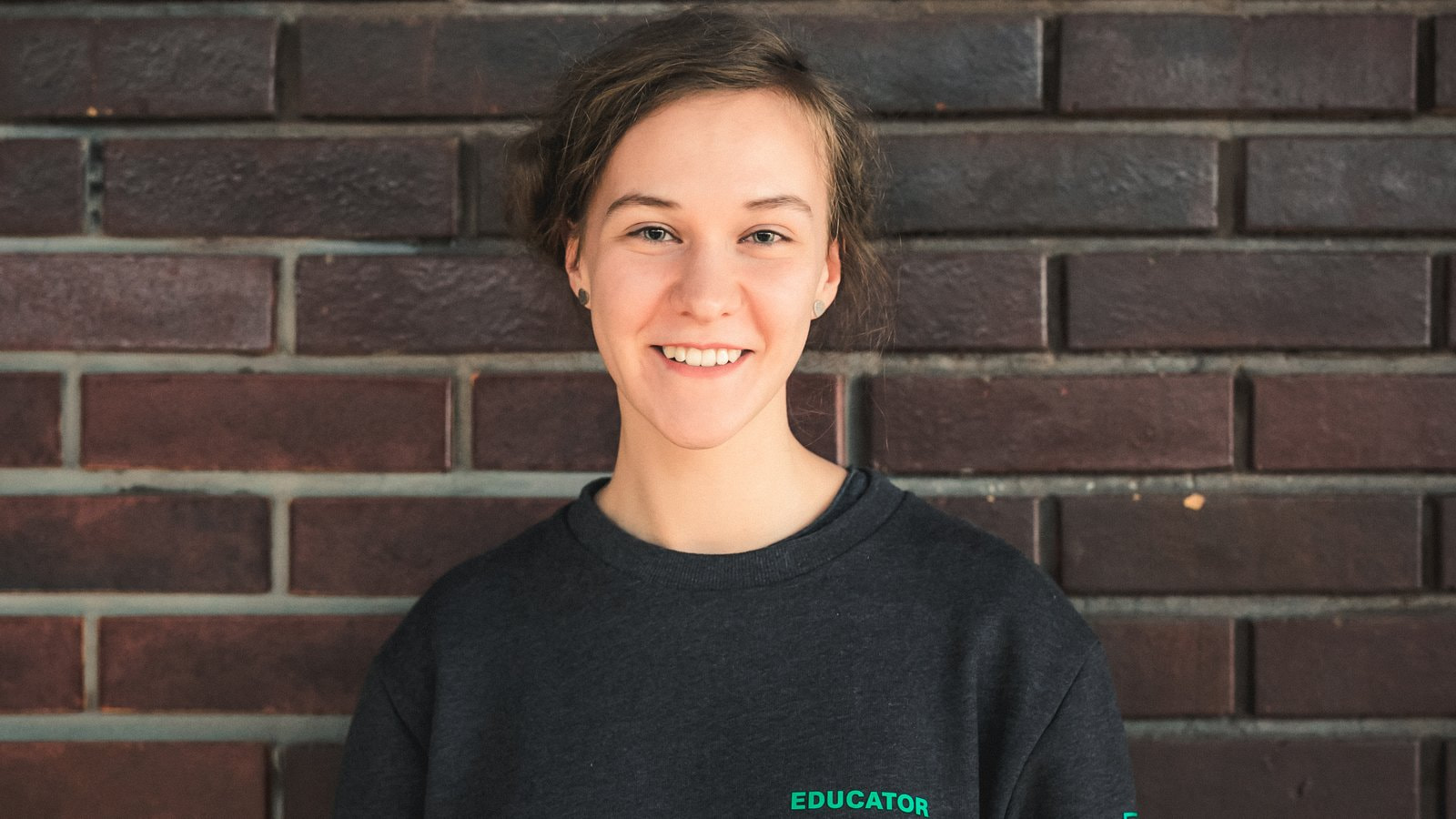Anna Nepsha’s Diary
Anna Nepsha (b. 1997, Moscow)
I am a Cultural Studies student at RSUH. My academic papers analyze theater as a space for communication. My main interest as both the spectator and the researcher is opera. I dream about creating my own Mnemosyne Atlas.
Many issues raised by microsillonsdeal with one’s civil position: an artist is a figure who not only creates something, but also transforms the society and environment. This is how I explain to myself the impossibility—during a conversation with a visitor—to limit ourselves by the “museum walls” or “art as such”. Probably, each of our team members keeps in mind their own examples related to these questions, and in my case, they are mainly from my Moscow experience. So, it is especially interesting to interact with people from St. Pete who provide their own examples of exhibitions and museums (and one should remember, how ideologically and historically different the museums in Moscow and St. Petersburg have always been). Talking to me, people recalled Erarta, but also The State Hermitage, providing rather ambiguous characteristics of all those institutions.
Trying to answer the question whether anyone can be an artist, one visitor ended up with a very complex metaphysical construction, based on his understanding of fate and the movement of energy in space. I didn’t understand a thing, so as he looked into my eyes, I asked to explain it once again.
This episode is really hard to paraphrase. Some girls took two questions which at first glance seemed to me as opposite as possible: the first being if art spaces help to build horizontal connections, and the second—whether control can be a form of participation. But concluding our talk, we agreed that these questions actually match each other very well, since the visitor takes the position of a museum attendant and can experience their work, allowing them to look at the rest of the museum’s workers differently in the future.
Many would call one of my today’s visitors, who came like 15 minutes before the closing time, a “conflict” guy, but I really liked him! He asked tricky yet proper questions. The most memorable moment was, when I suggested taking part in the installation by tying a ribbon, he said “And what if I bring a box and throw it down from upstairs on those ribbons? Will it still mean my participation?” Unfortunately, the museum was closing, and we didn’t have time to chat over a cup of tea and discuss the questions asked by the artists.
I admire people passionate about certain historical periods, characters, or music styles. I had a visitor, a fan and connoisseur of Andy Warhol, he knew so many tiny details about his habits, in particular his boxes where he collected artefacts from different periods of time. That visitor reproduced Warhol’s hobby himself by collecting his own boxes with various stuff and talked about it as of a personal museum in his own room. There is some kind of mental logic to me in it—that all the works and installations displayed at our exhibition are sort of interconnected by the ribbons, as in an illustration of a Tadjik wedding, and this is my favorite thing about the project.
